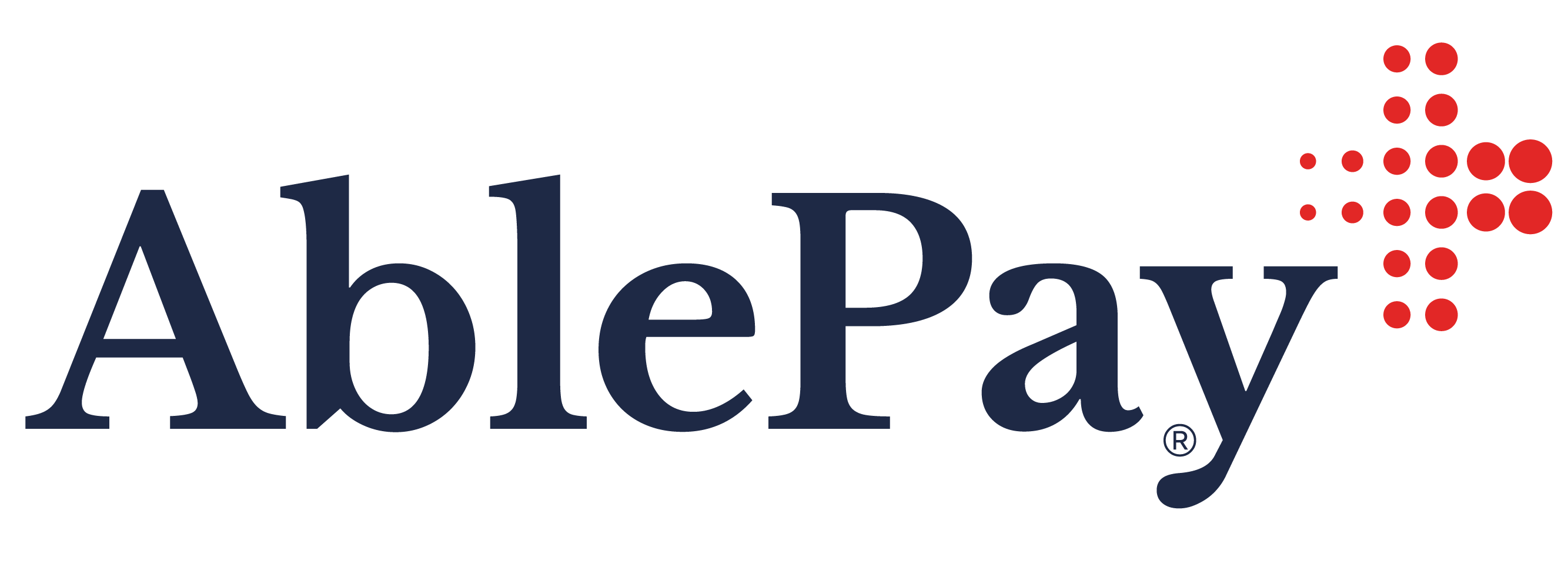SURVEY: MOST NEWLY TRAINED PHYSICIANS RECEIVE 50 OR MORE JOB SOLICITATIONS
But 25% Would Choose Another Field
Physicians completing their training in 2014 were inundated with recruiting offers, according to a new survey conducted by Merritt, Hawkins, a national physician search firm and a company of AMN Healthcare. Over 60 percent of 2014 final-year medical residents received 50 or more job solicitations during their training, while 46 percent received 100 or more job solicitations.
“Unlike virtually any other type of professional in today’s economy, newly trained doctors are being recruited like blue chip athletes,” noted Mark Smith, president of Merritt Hawkins. “There are simply not enough physicians coming out of training to fill all the available openings.”
The survey included responses from over 1,200 medical residents about to complete their training and enter the job market. Residents were asked how many times in the course of their training they had been contacted by recruiters seeking to interest them in job opportunities, either by telephone, email or regular mail. Sixty-two percent said that they had received 50 or more job solicitations during the course of their training, while 46 percent said they had received 100 or more job solicitations.
According to Smith, a national physician shortage is responsible for the large number of job solicitations directed at new doctors. The number of physicians being trained in the United States has remained flat for over 20 years while the general population has become larger, older, and more insured, driving the need for doctors upward. As a result, newly trained physicians in almost all specialties are in high demand.
Despite a favorable job market, however, some new doctors are unhappy about their choice of a profession, according to Smith. The survey asked new doctors if they would study medicine if they had their education to do over again, or if they would select another field. One in four (25 percent) said they would select another field.
“With declining reimbursement, increasing paperwork, and the uncertainty of health reform, many physicians are under duress today,” Smith said. “It is not surprising that many newly trained doctors are concerned about what awaits them.”
The survey also conveys some bad news for rural areas, which traditionally have had a hard time attracting newly trained physicians. Only three percent of doctors surveyed by Merritt, Hawkins said they would prefer to practice in communities of 25,000 people or less. In addition, only two percent of physicians said they would prefer a solo practice, while 68 percent said they would prefer to be employed by a hospital, medical group or outpatient clinic.
“The days of new doctors hanging out a shingle in an independent solo practice are over,” Smith said. “Most new doctors prefer to be employed and let a hospital or medical group handle the business end of medical practice.”
The overall margin of error of the survey is +/- 2.81% as determined by statistical response experts at the University of Tennessee.
A summary of Merritt, Hawkins’ 2015 Survey of Final-Year Medical Residents can be accessed at www.merritthawkins.com or by calling (800) 876-0500.
Download MHA 2015 Residents Survey Infographic















